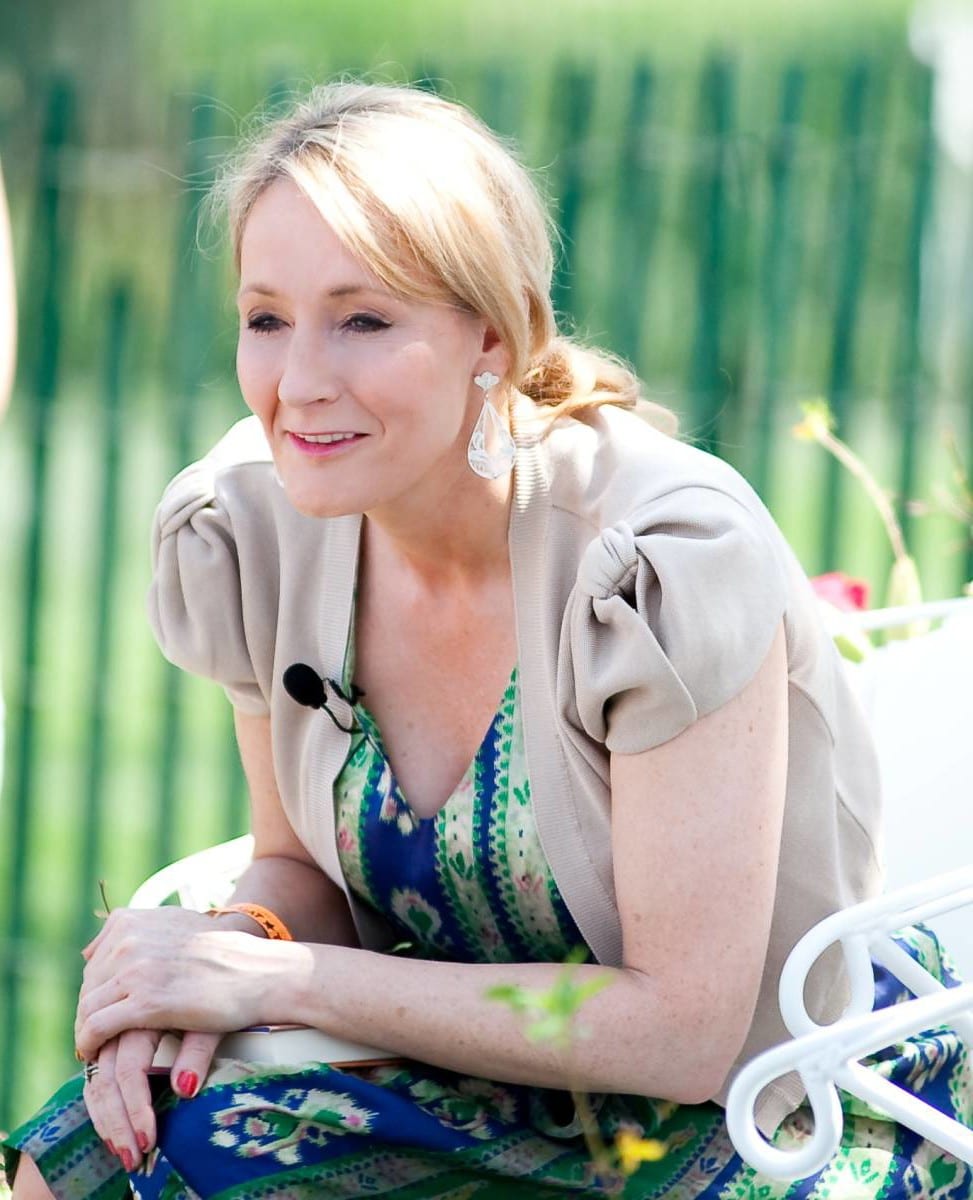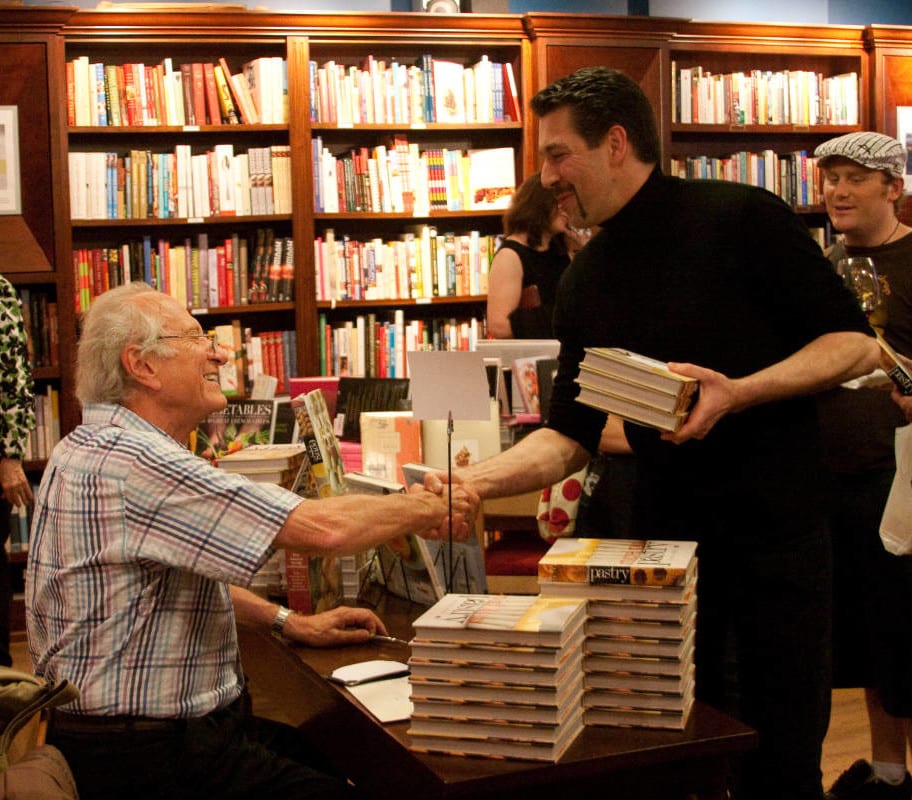
As I discussed in my November column, there are many venues to explore in getting your writing project published. From traditional publishing to print-on-demand services and from hybrid to self-publishing options, there are many considerations in terms of profitable publishing options for your book and what will increase the potential success, financial and critical, of a written project.

The truth is that in terms of traditional publishing, the chance of a legitimate publisher taking on a new author’s work — investing in the printing and distributing costs as well as some of the marketing costs — is extraordinarily slim. Consider that such renowned authors as J.K. Rowling, (“Harry Potter”), Margaret Mitchell, (“Gone with the Wind”), and Steven King (“Carrie”) were all rejected at least a dozen times each before getting their books published. It should come as no surprise that unknown authors are almost never accepted, as most publishers receive hundreds of manuscripts a week. Many manuscripts submitted don’t follow publisher guidelines, are not well-written, and quite frankly don’t break a lot of new literary ground.
Obviously, many quality manuscripts are ignored as larger publishers pass new query letters on to junior editors who may or may not have a keen eye for a potential hit. If the aforementioned top-selling authors were indeed rejected numerous times, imagine how many other authors are sent the typical “We are not accepting new manuscripts at this time” card in the mail.
Today, to even consider reviewing a manuscript, most traditional publishers require prospective authors who submit query letters to describe their “author platform.” This platform includes all the means by which an author plans to promote and market his or her work if published. Thus, the onus of expense of marketing and promotion, not to mention the time, will fall on the author’s shoulders.
This is one of the main reasons I almost never recommend the traditional publishing route for most new authors. In addition to the time and expense of printing query letters, author bios, manuscripts or chapter summations of your work, and the postage associated with submissions, there is the very demoralizing aspect of receiving carbon-copied rejection notices time and again that can disengage any author from moving forward with his or her hard work.
Another truth is that eight of nine published books don’t make money. Go to any bookstore, and note what books are being bought at the register. With a few exceptions, most books tend to be “best sellers” with few of the tens of thousands of other titles remaining on shelves collecting dust until the bookstore returns them to the distributor. Thus, most publishers, aware of the reality of these numbers, will not take on much — if any — of the expense of marketing and promoting a book, even if they like it. As mentioned, most require authors to take on this burden.
Unlike a generation ago, when books were sold in brick and mortar stores, books can be sold today by authors themselves via websites, social media sites, Amazon.com, BarnesAndNoble.com, and many other Internet sites. Thus today’s authors can accomplish a great number of sales and make substantial income on self-published books if they are willing to explore these point-of-sale vehicles and invest in themselves.

Consider that traditional publishers usually offer 8 to 10 percent royalties, usually on the wholesale cost of the book. Many authors don’t comprehend what this means in terms of their potential payments should they actually find a legitimate publisher willing to publish their work. These percentages equate to about 80 cents for a typical $15 retail-priced book. If an author typically sells fewer than ten books at any given bookstore signing (based on figures provided by managers at Barnes and Noble stores), an author will net an average grand total of $8 per signing. Besides the time spent, gas alone probably will cost the author more than he or she makes during their signing.
However, a self-published author can make a tremendous amount of money with self-printed and self-marketed books. Among the fifty-thousand books I’ve printed over the last two years, the average printing cost per book is less than $3. I’ve had authors sell their books for $15 to $29 each. These authors make between $12 and $25 or more net profit on each book they sell! Quite a difference from the typical 80 cents traditional authors make.
Among the dozens of traditionally published authors I’ve spoken to, not one has professed to have made money on his or her books. Yet most of the self-published authors I’ve met or whom I represent in my publishing company have made a significant profit on their investments. And what better to invest in than yourself?
Another downside to traditional publishing is that the author gives up most of his or her rights to the book and must also split any future movie rights, foreign rights, and reprint or sequel rights the book.
Obviously, much thought can and should be put into what any author plans to do with his or her book. I’ve enjoyed helping dozens of authors make good decisions as well as informing them of the many publishing aspects that are critical in making smart decisions.
Next month, I’ll talk more about more profitable publishing options for your book and discuss the ways in which authors can make a sizable return on self-published work.








I totally agree with David’s points, as a small publisher in New Zealand. I started initially helping people with assessments and editing. However, I have increasingly been asked to publish their work to the point where I have now establishing a book publishing sideline. We pay a 20% commission, which I know is more than the industry norm but feel is only fair. People ask me how come we are publishing hard copy books when everything is going digital. It is a question I ask myself: Because we are small, we can; also, our size means we can occupy the territory at the end of the tail that was the meteor of book publishing.
Michael, exactly how I feel and how I actually got started myself! I love helping authors navigate the industry and how to avoid getting ripped off by some of the unsavory businesses I’ve heard other authors have unfortunately been victimized by. Best wishes on your success! Thank you for taking the time to write and share your experiences!
David W. Smith
Synergy Books Publishing